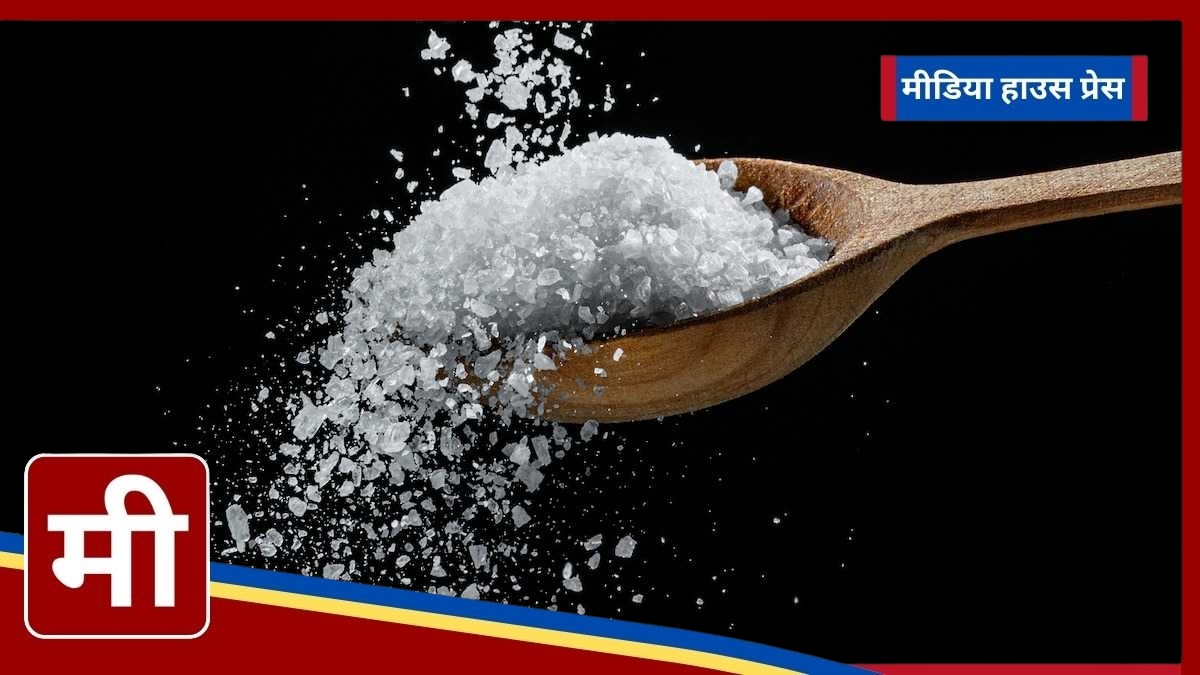The issue is pressing, especially as more Indians consume high-sodium packaged foods. While canned foods are the main source of sodium in high-income countries, this trend is rapidly rising in low- and middle-income nations like India, where sodium consumption is reportedly twice the recommended level.
WHO’s Sodium Intake Recommendations
WHO advises consuming less than two grams of sodium daily, equivalent to under one teaspoon of salt or about five grams of salt per day. These recommendations, published in The Lancet Public Health, highlight the potential health gains of adopting a low-sodium diet. In just 10 years, adherence to these guidelines could prevent an estimated 1.7 million heart-related incidents and 700,000 new cases of chronic kidney disease, while saving nearly $800 million in healthcare costs.
Despite the alarming sodium intake levels and the increasing popularity of packaged foods, India has yet to establish a national strategy for sodium reduction. Researchers, including experts from The George Institute for Global Health in Hyderabad, emphasize the urgent need for a nationwide approach to address India’s high sodium consumption and promote public health.
WHO’s Global Targets for Sodium Reduction
Reducing sodium consumption by 30% across populations is one of WHO’s nine global targets to curb non-communicable diseases by 2025. Countries like the United Kingdom, Argentina, and South Africa have taken significant steps by working with food manufacturers to reformulate packaged foods with lower sodium levels. These efforts, which include setting target sodium levels for various foods, have effectively reduced sodium intake among their populations.
For India, the WHO’s sodium benchmarks could provide a crucial tool in combating non-communicable diseases if implemented as a national mandate. The report’s authors suggest this approach would benefit India’s health landscape significantly, as more people shift toward consuming packaged foods.
India’s Current Initiatives and Gaps
While India does have some initiatives addressing high sodium intake, such as the “Eat Right India” campaign launched by the Food Safety and Standards Authority of India (FSSAI) under the Ministry of Health and Family Welfare, experts suggest more focused efforts are needed. Launched in 2018, Eat Right India aims to educate the public about healthier eating habits, including the reduction of sodium intake. However, researchers note that establishing sodium targets specifically for packaged foods could further reduce sodium consumption nationwide.
Incorporating sodium benchmarks for packaged foods could help India take major strides toward better public health outcomes, as shown in other countries.


